During the presentation of its new RTX50 generation graphics cards, Nvidia put forward some impressive figures. With its Blackwell chip, the RTX5080, for example, is said to be 90 to 120% more powerful than the 4080. These figures should nevertheless be taken with a grain of salt, since they represent very specific uses, taking advantage of the card's Tensor cores, and therefore its artificial intelligence capabilities and more particularly DLSS4 with MFG (Multi Frame Generation).
Many then vilified the chameleon brand, referring to "false frames," and therefore false performances, which cannot be reproduced in all cases. It's true that games incompatible with DLSS4 won't be able to take advantage of it, but the debate remains much more complex than that, especially since the abandonment of the convolutional neural network (CNN) in favor of the new Transformer model brings a much higher image quality.
So we're going to focus here on one question in particular: is 4K gaming comfortable with this RTX 5080?
Summary
Characteristics of the KFA2 RTX5080
The model we tested is not a Founder's Edition offered by Nvidia, but the KFA2 brand model. This one is SFF-Ready, meaning it is compatible with small form factor cases like mini-ITX.
- Architecture: BlackwellGB203
- CUDA Cores: 10752
- RT Cores: 84
- Tensor Cores: 336
- Boost Clock Frequency: 2625MHz (2640 MHz1-Click OC)
- Memory: 16GB GDDR7
- Bandwidth: 960GB/s
- Bus Interface: PCIe5.0
- TDP: 360W
- Fans: 3x 92mm
- Outputs: DisplayPort 2.1b (x3) + HDMI 2.1 b (x1)
Please note that our tests were carried out with the base clock frequency, not overclocked, the 572.60 drivers and with the following configuration:
- ASUS TUF GAMINGB650-E WIFI
- AMD Ryzen79800X3D (4.7GHz)
- Samsung SSD990 Pro2TB
- Arctic Liquid FreezerIII 360 – 360 mm
- DDR5 G.Skill RipJaws S5 Black – 32GB (2 x 16GB) 6400 MHz – CAS32
- be quiet! Straight Power12 – 850W
Les benchmarks3DMark
After installing the RTX5080 in our test PC, we of course checked that it was fully functional. Luckily, we're not part of the 0.5% who have a card missing a few ROPs (render units), ours has 112!
Here are the theoretical benchmark results on 3DMark!
- Speed Way: 9000 (99.3% stability)
- Steel Nomad DirectX12: 8046 (81 FPS)
- Steel Nomad Vulkan: 8829 (88 FPS)
- Time Spy Extreme (graphics): 16107
- DLSS test: 49.43 FPS (disabled) / 183.55 FPS (enabled)
Compared to an equivalent configuration with an RTX4080, the scores are higher by about 20 to 25%, for a 12% higher thermal envelope. On paper, the difference isn't gargantuan. We're therefore looking at an incremental evolution with a generation that doesn't flex its muscles excessively, but the secret of the RTX5080 lies more in its Tensor cores and DLSS.
Can you play comfortably in 4K with an RTX5080?
4K gaming is still very rare on PC, according to Steam statistics. As of January 2025, approximately 4% of the gaming platform's users display a resolution of 3440 x 1440 pixels or higher. We're a long way from the 57% of gamers in Full HD or the 25% in 1440p.
Is the RTX5080 able to raise this figure? Spoiler: yes, it is.
Tested on a good ten recent and popular games, the RTX5080 always shows good results in pure rasterization (pixels directly generated from the GPU, without AI-related artifice).
So, Spider-Man 2 runs for example, at 60FPS on average in 4K definition and Ultra quality. Indiana Jones and the Ancient Circle at 90FPS, Monster Hunter Wilds at 65FPS, Cyberpunk 2077 at 70FPS and Avowed at 76FPS. On the latter, it was the tearing (image tearing) that was disturbing, forcing us to activate vertical synchronization and therefore to limit the frame rate to 60FPS. Even on the most recent games, we can therefore reach 60FPS with excellent stability in 4K Ultra, which is what we expect at the very least for a comfortable experience. Of course, on less demanding competitive games, like Marvel Rivals or Fortnite, the figures easily rise even higher.
Some will argue that the evolution is not exceptional compared to the previous generation, especially since this is accompanied by a proportional increase in consumption, and this is true. This is not a surprise, however, since the 5080 is based on an architecture very similar to that of the 4080.
Always higher (thanks to AI)
It must be said that improvements in this area are increasingly difficult to achieve with each generation, which is pushing manufacturers to turn to other artifices: AI. And in this area, the RTX5080 reaches 1800TOPS, compared to 780TOPS for the 4080 thanks to its 4th generation Tensor Cores.
This is where DLSS comes into play, this scaling technology allowing images to be generated in a lower definition and upscaled by AI. The gains are generally notable and sometimes allow you to reach or approach 120FPS, or 90FPS for the most demanding titles. This is the case for example with Indiana Jones which runs at 125FPS during our tests or Spider-Man2 (105 FPS). Black Myth: Wukong, on the other hand, tops out at 88FPS.
Beyond the numbers, the RTX 5080 impresses with the finesse of its upscaling technologies. With its new Transformer model replacing convolutional neural networks (CNNs), Nvidia has greatly improved image quality by reducing artifacts or motion blur. It becomes almost impossible to discern when DLSS is activated, unless you really dissect each frame.
Image Generation and Ray Tracing
To further improve image quality, you still need to enable ray tracing, but this is where we start to hit some of the RTX 5080's limitations. This particularly energy-intensive technology regularly drops the frame rate of games below 60FPS. This is the case for Spider-Man 2 (37 FPS average), Cyberpunk 2077 (36 FPS), Black Myth Wukong (54 FPS) or Indiana Jones (59 FPS with Path Tracing set to “medium”).
To take full advantage of it, you must therefore use DLSS frame generation. This allows one to three additional AI-generated images to be added between two GPU-rendered images.
With such a configuration, very good performance is achieved, even with Ray tracing enabled. 102 FPS on Avowed, 220 FPS on Indiana Jones, 90 FPS on Black Myth Wukong, 112 FPS on Monster Hunter Wilds, 180 FPS on Cyberpunk 2077 (with Path tracing)… all the biggest games of the moment run perfectly.
A word on 1440p
This test focuses mainly on 4K, the only real difficulty for the 5080, but that didn't stop us from testing a few games in 1440p as well. With full Path tracing or Ray tracing, games run without the slightest problem.
For example, without frame generation, Cyberpunk 2077 runs at an average of 88FPS and Black Myth Wukong at 86. Add frame generation and you will reach 267FPS for the first and 142FPS for the second. Suffice to say that you have many years of gaming ahead of you before being limited.
A new paradigm
At first glance, the RTX5080 may seem disappointing to some, particularly because of its VRAM which does not evolve in quantity (16GB) and its rasterization performance gains directly proportional to the increase in its consumption. And yet, we believe this card has many assets to offer in a rapidly changing ecosystem.
So, if you have a 4080 or even a 3080, opting for the new generation will only be of interest if you want to play in 4K. Otherwise, perhaps wait for a Ti or Super version better suited to your needs, or even the 6000 generation which, we hope, will benefit from a more significant gain in raw performance. Still, the 5080 is the same price as the 4080 Super if you can find it at MSRP (1179 euros, price of this KFA2 version) and it remains better in every way. If you can find some stock, it's a winning choice, especially since AMD doesn't offer any competition in this segment.
The gain is all the greater since the 5000 series comes with the arrival of RTX Neural Shaders. This new feature aims to change the way game developers manage texture compression, multi-layered materials (silk or porcelain effects, for example), and lighting. These new features should allow for future savings on VRAM and offload some of the calculations from CUDA rendering cores to Tensor AI cores. Of course, these are promises that only bind those who believe in them, and smaller developers may not be able to take the time to reinvent their way of creating games, but given Nvidia's power and omnipresence in the gaming landscape, there is little doubt that future big games from the most renowned publishers should use these technologies.
The only downside: competition from the RTX 5070 Ti. For the average person who doesn't want to play in 4K, this little sister offers almost equivalent performance for a slightly lower price. Again, subject to finding stock available at its base price.

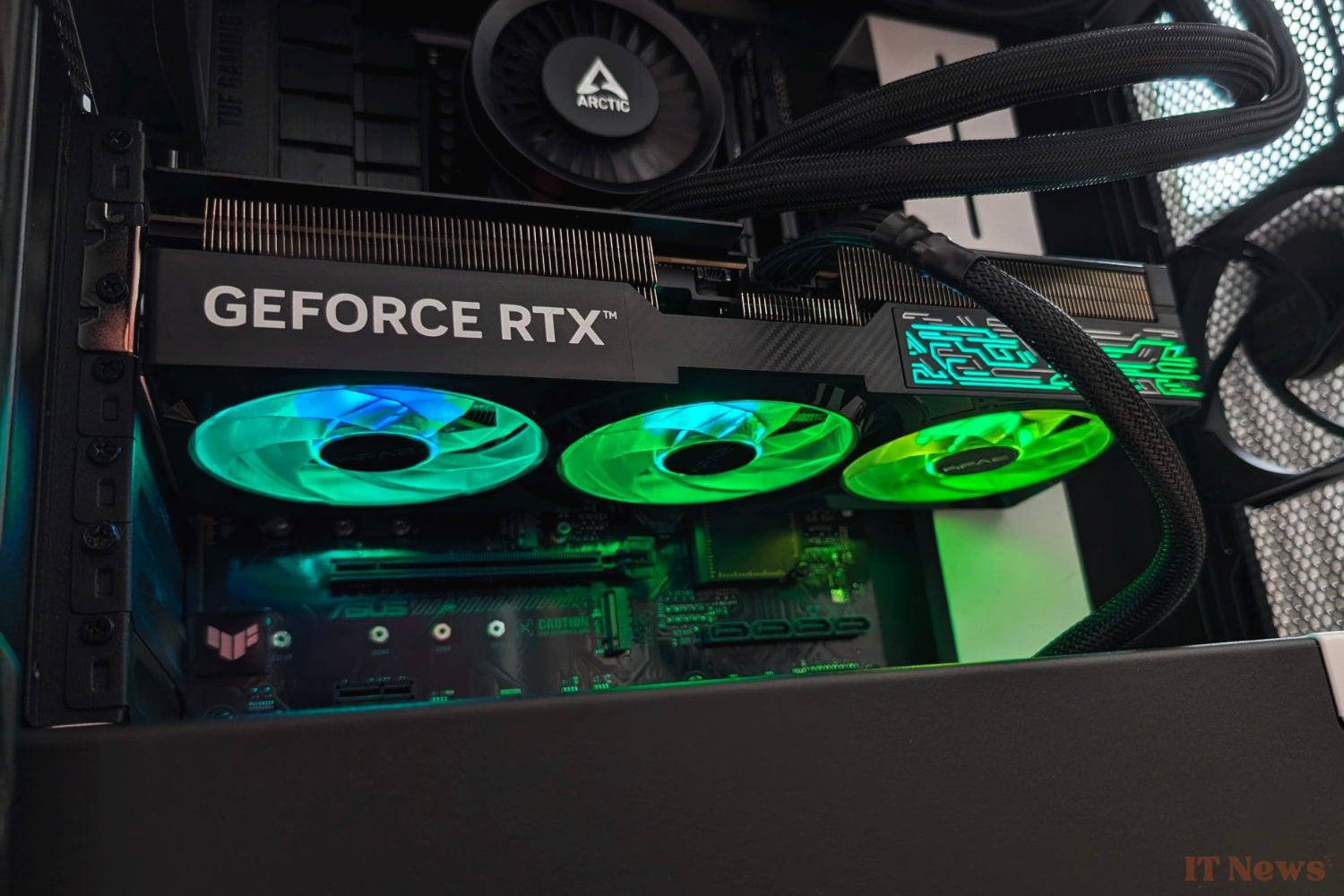
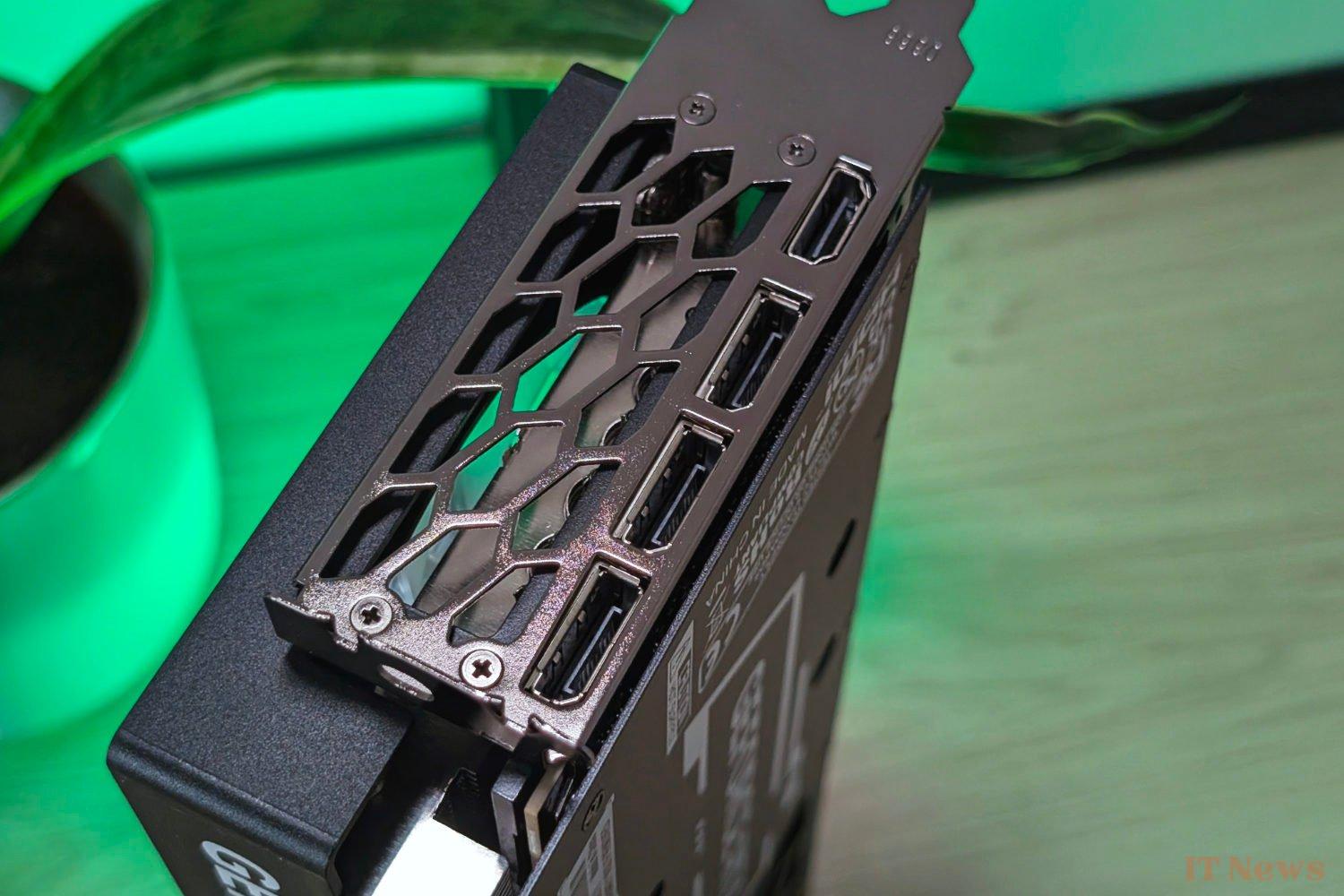
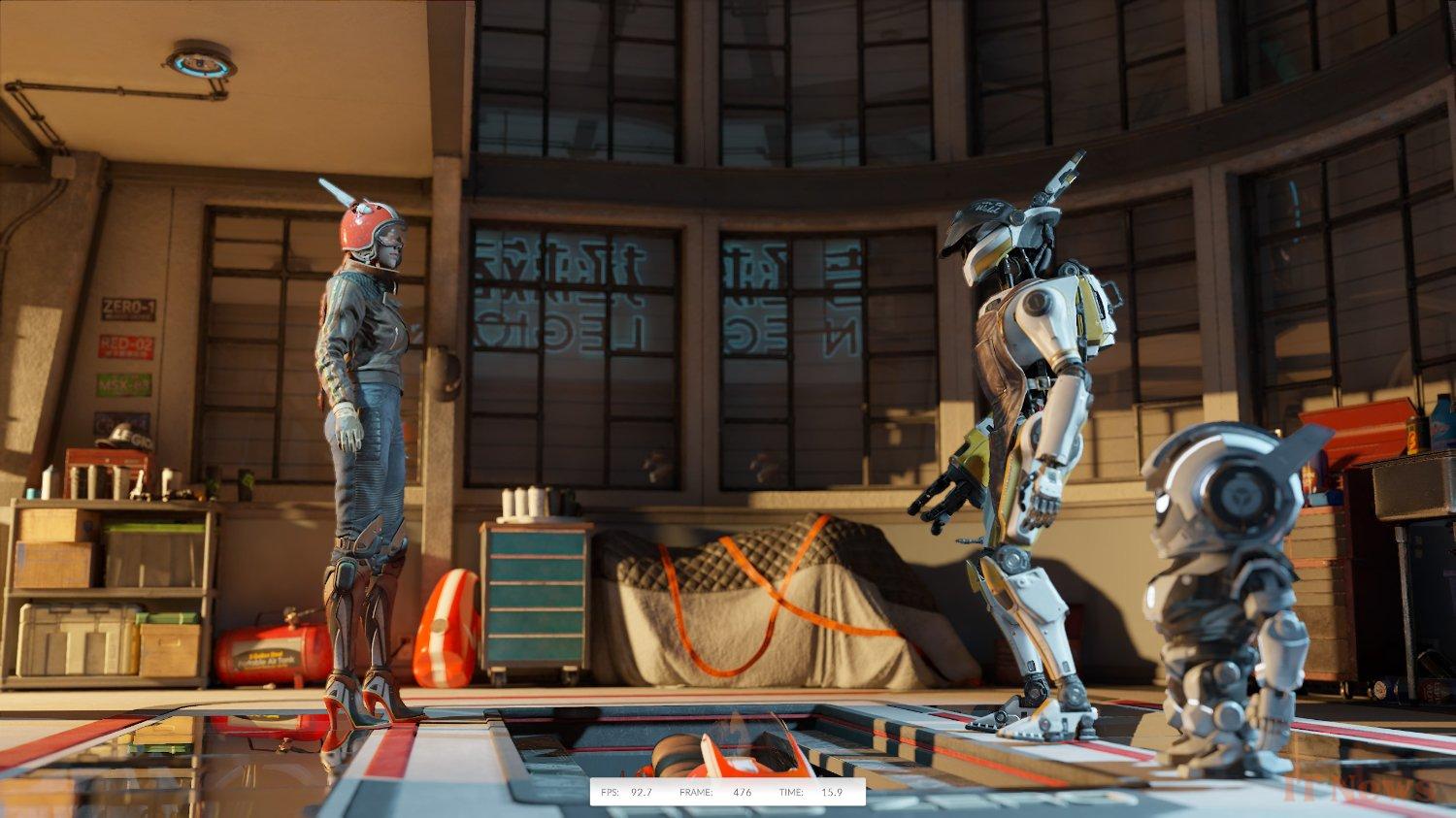
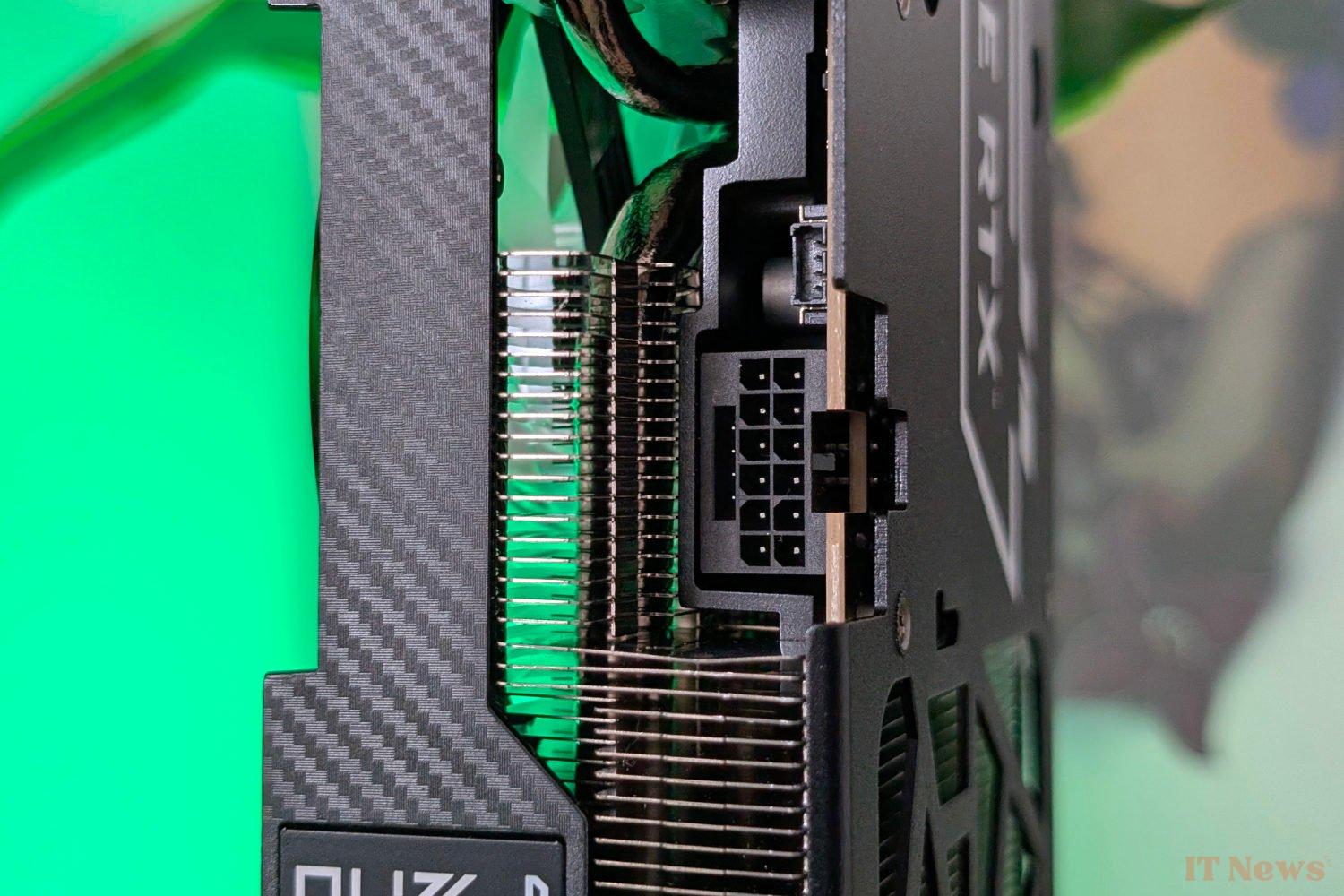
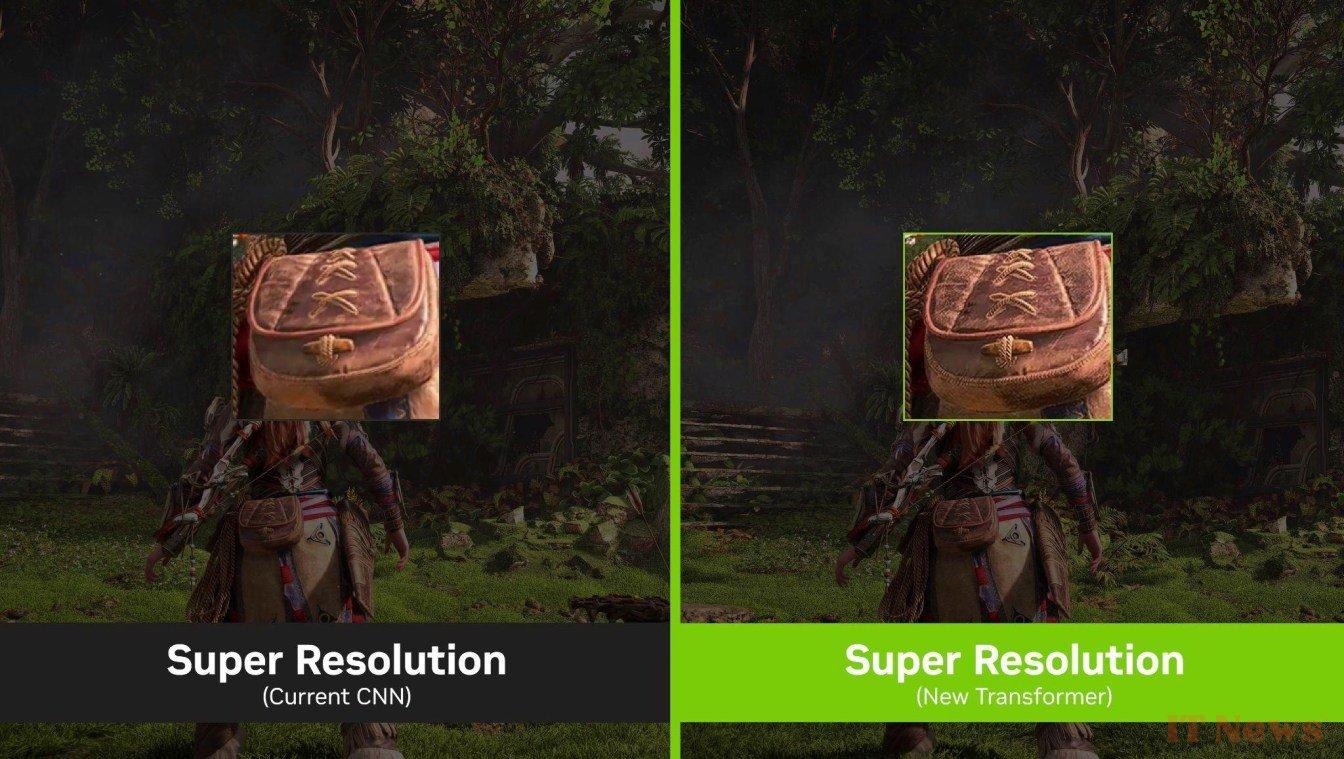
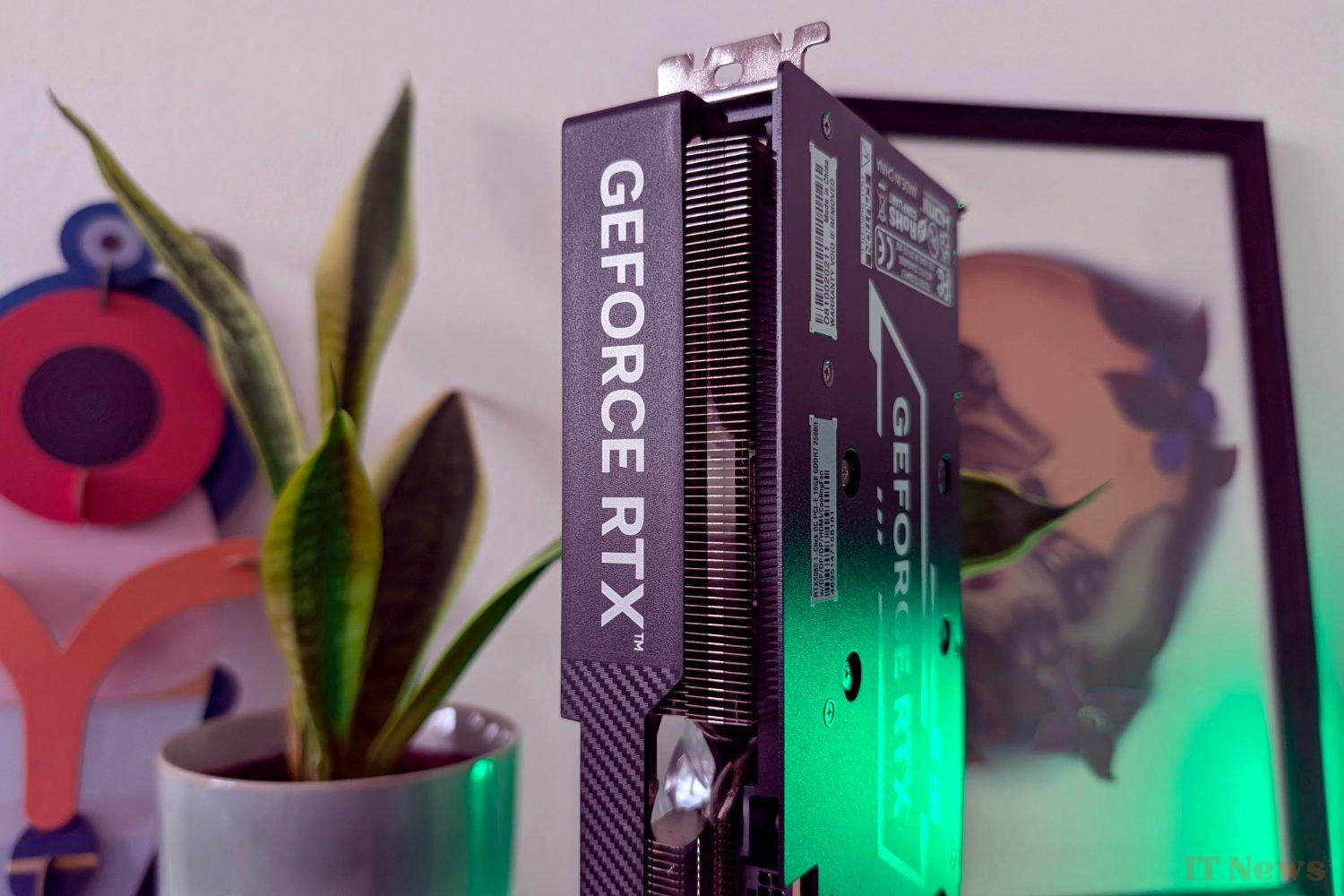
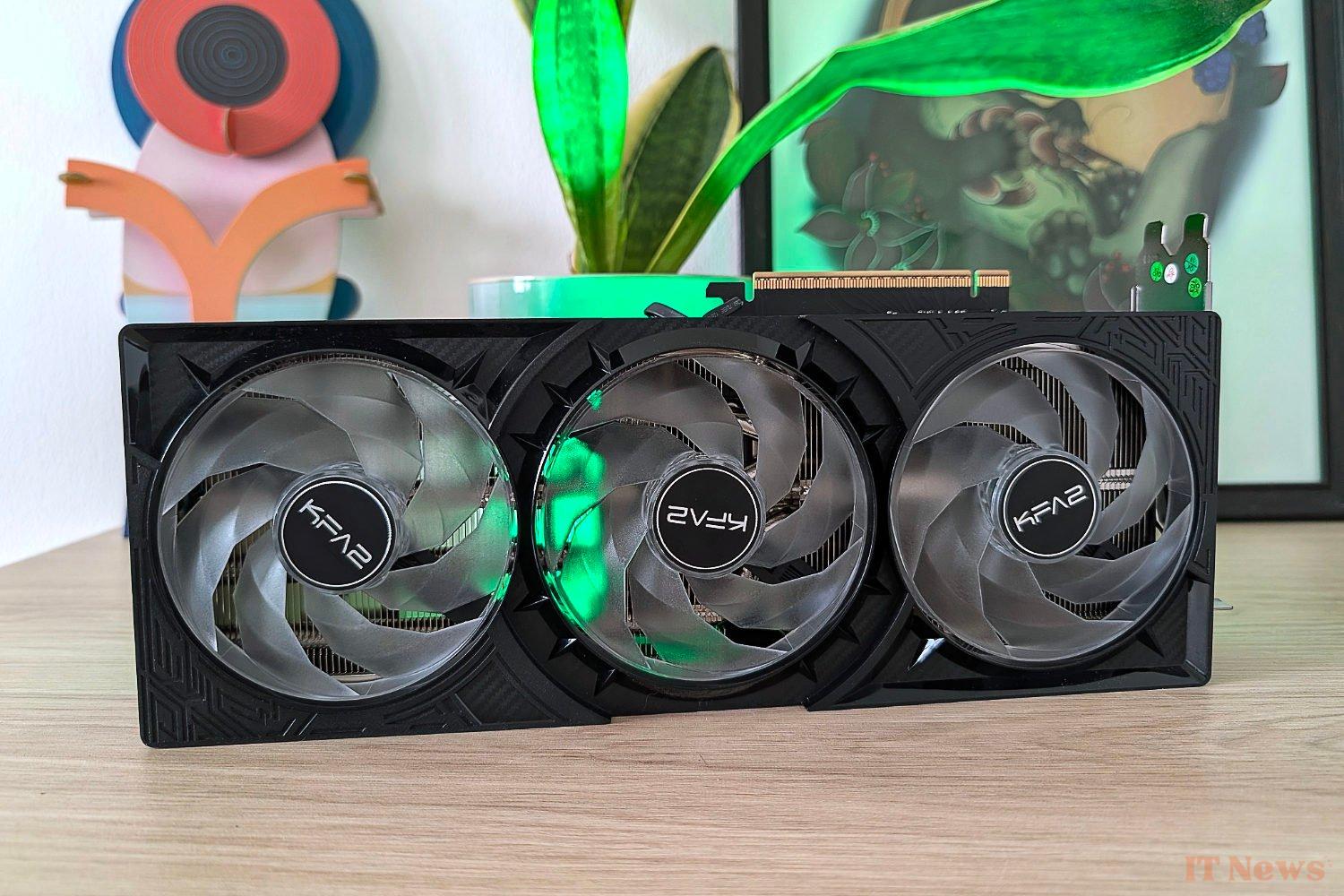

0 Comments